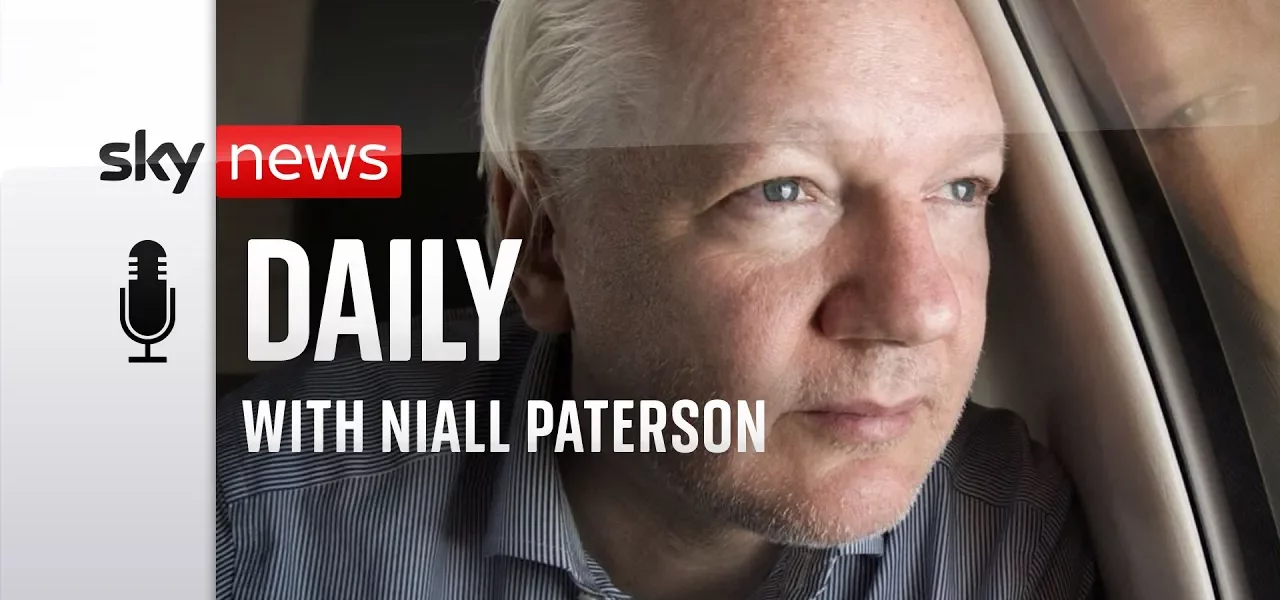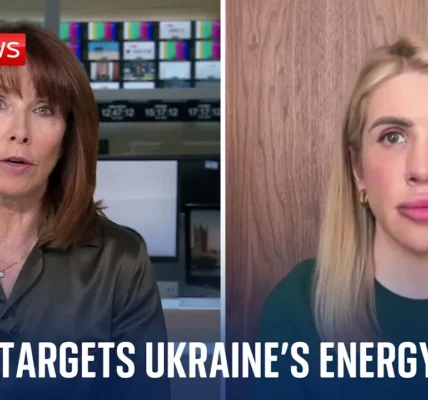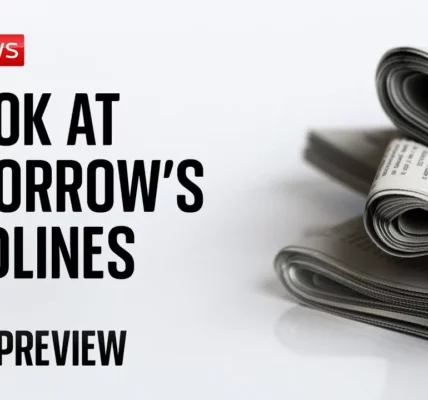Julian Assange: The Whistleblower’s Journey

Julian Assange has been a polarizing figure, viewed either as a courageous champion of transparency or as a reckless criminal. This article explores his life, the establishment of WikiLeaks, and the ramifications of his actions on global journalism and government accountability.
Introduction
Julian Assange, the founder of WikiLeaks, has spent over a decade embroiled in legal battles and controversies stemming from his role in publishing classified information regarding the United States’ military operations in Iraq and Afghanistan. While some hail him as a whistleblower and advocate for truth, others condemn him as a hacker who endangered lives by leaking sensitive data. His recent journey back to Australia marks a significant turn in a saga that has captivated and divided public opinion worldwide.
The Rise of WikiLeaks
Founded in 2006, WikiLeaks emerged as a platform aimed at promoting transparency by allowing whistleblowers to leak confidential documents securely. Assange’s vision was to create a space where individuals could expose corruption and wrongdoing without fear of retribution.
Early Days and Major Releases
In its infancy, WikiLeaks operated with the help of servers located in countries with strong protections for free speech, like Iceland and Sweden. This strategic choice allowed whistleblowers to upload sensitive materials while maintaining confidentiality. Key moments in WikiLeaks’ early history include:
- The release of the Collateral Murder video in 2010, depicting a US helicopter attack in Baghdad that killed civilians, including two Reuters journalists.
- The publication of the Iraq and Afghanistan war logs, revealing significant human rights abuses and the true scale of civilian casualties during military operations.
- The leak of US diplomatic cables, which exposed candid and sometimes embarrassing assessments of world leaders and political situations.
The Controversy Surrounding Assange
As Assange’s profile grew, so did the scrutiny surrounding his actions. Critics argue that by publishing classified information, he jeopardized national security and endangered lives, particularly those of informants in conflict zones.
Legal Challenges and Allegations
Assange’s legal troubles began intensifying with allegations of sexual assault in Sweden, leading to his decision to seek asylum in the Ecuadorian Embassy in London. While supporters viewed his actions as a protective measure against political persecution, detractors saw it as an admission of guilt.
Health and Living Conditions
During his time in the embassy, which lasted nearly seven years, Assange’s health deteriorated significantly. Reports indicated that he faced issues such as:
- Severe mental health challenges due to isolation.
- Physical health problems from a lack of sunlight and exercise.
- Increased anxiety and stress resulting from prolonged confinement and legal battles.
The US Extradition Battle
In 2019, Assange was arrested by British authorities after Ecuador revoked his asylum. The US government charged him with multiple offenses related to the publication of classified military and diplomatic documents. This led to a protracted legal battle over extradition.
Political Implications
Assange’s case raised significant questions regarding press freedom and the rights of journalists. Supporters argue that his actions were a service to the public, exposing critical information that the government would prefer to keep hidden. Key points of discussion include:
- The extent to which the government can regulate the publication of classified information.
- The potential chilling effect on future whistleblowers who may fear legal repercussions.
- The implications for journalistic integrity and the role of media in a democratic society.
Conclusion
Julian Assange’s journey from a whistleblower to a controversial figure in international law highlights the complex interplay between transparency, security, and justice. As he heads back to Australia, the world watches closely, pondering the legacy of WikiLeaks and the future of press freedom. Whether viewed as a hero or a villain, his actions have undeniably changed the landscape of journalism. For those interested in the intersection of media and government, Assange’s story serves as a critical case study.
For more insights on press freedom and government transparency, explore our related articles on press freedom issues and government transparency initiatives.
“`




